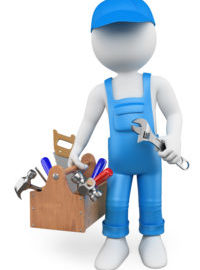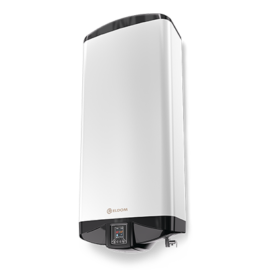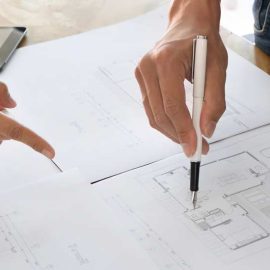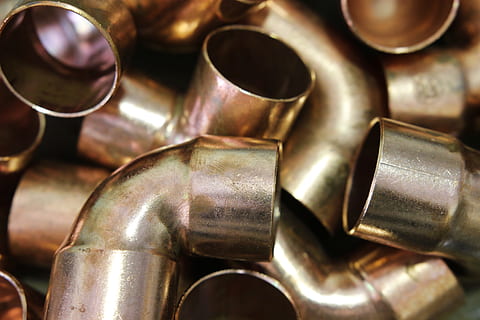
Summary
About the copper connector
The different types of copper connections
Connector assembly by welding or soldering
“Beaten collar” assembly
Other types of copper fittings without solder or braze
Mixed couplings
Advantages and disadvantages of the copper connection
There are different types of fittings for all types of piping: copper fittings, brass fittings, PVC fittings, PER fittings, quick connectors, press fittings.
About the copper connector
The copper connector is part of the solder connections as is the brass connector. It can be assembled by soldering to adapt to the diameter of the pipes.
The different types of copper fittings
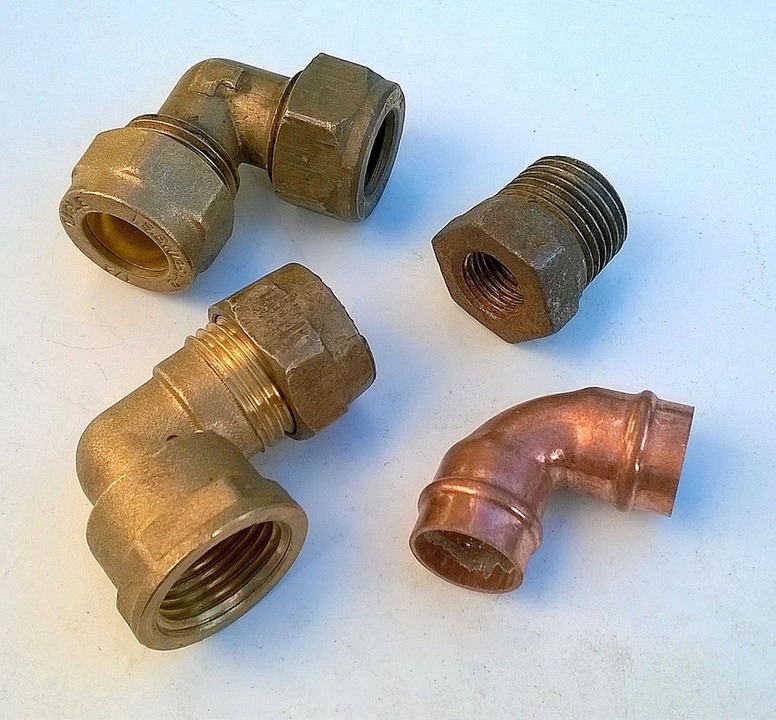
The copper connector allows you to make the assemblies of your installation. There are connectors for almost every situation (elbow, tees, etc.).
The copper connector has always been a popular choice for both amateur and professional plumbers to:
– make connections,
– bypass a pipe,
– connect 2 hoses,
– change the direction of the pipe,
– end a tube.
Connector assembly by soldering
Solder joins two parts together using a filler metal.
There are two types of solder for the assembly of copper:
– soft soldering;
– hard soldering.
Soft soldering
More commonly known as tin solder, the heat is < 450°C to melt the tin.
The implementation of soft soldering does not pose any major difficulty, you can thus solder parts of:
– copper with copper;
– brass with copper.
Hard soldering
Same technique as soft soldering, only the temperature changes > 450°C to melt the filler metal which is usually a silver based alloy.
More elaborate equipment is required with a torch and an oxy/propane or oxy/acetylene soldering station.
The risk of hard soldering is to melt the fitting if it is made of brass since its melting temperature is close to that of the filler metal in the case of copper/phosphorus alloys.
“Beaten collar” assembly
This assembly is reserved for the assembly of fittings but also for the assembly of two tubes between them.
It is based on the work of the tube to widen the end of the tube and then fold it back to have a collar. This collar is used as a stop for the nut which comes to rest on it.
The beaten collar makes it possible to use brass fittings. In this case, it is forbidden to use them for built-in installation and for gas.
Other types of copper fittings without solder
This type of copper fitting allows to connect tubes but also fittings without welding or soldering. They are easy to use, just screw them on.
There are three main seamless fittings on the market:
– the two-cone fitting;
– the American fitting;
– the automatic fitting.
Good to know: for the use of this type of connector, it is necessary to use hardened copper.
Mixed connectors
Combination fittings allow you to join copper pipes of different types of elements, both for water supply and sewage disposal.
Almost all connections are possible, but one rule is always valid when joining copper and steel: copper pipes must always be downstream of the installation and steel upstream.
Note: If this rule is not observed, the steel will deteriorate by electrolysis. Ideally, dielectric fittings should be used to connect copper and steel.
Advantages and disadvantages of the copper connection
| Benefits | Disadvantages |
|---|---|
– Reliability – Solidity – Exposed or concealed installation, depending on the type of fittings | – Welding should be controlled for soldered connections, – Can neither be used for built-in installation or use with gas, – Takes time for implementation |
At times, even the best amateur plumber can find it difficult to deal with copper fittings. If you wish to get in touch with a professional, remember to leave your comments below, and we will get back to you.

